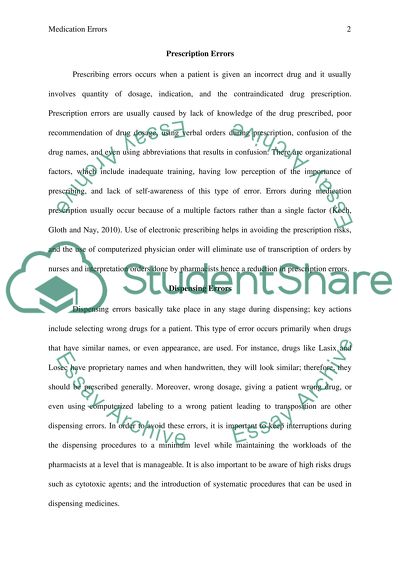Cite this document
(“Medication errors Essay Example | Topics and Well Written Essays - 1000 words”, n.d.)
Medication errors Essay Example | Topics and Well Written Essays - 1000 words. Retrieved from https://studentshare.org/nursing/1467834-medication-errors
Medication errors Essay Example | Topics and Well Written Essays - 1000 words. Retrieved from https://studentshare.org/nursing/1467834-medication-errors
(Medication Errors Essay Example | Topics and Well Written Essays - 1000 Words)
Medication Errors Essay Example | Topics and Well Written Essays - 1000 Words. https://studentshare.org/nursing/1467834-medication-errors.
Medication Errors Essay Example | Topics and Well Written Essays - 1000 Words. https://studentshare.org/nursing/1467834-medication-errors.
“Medication Errors Essay Example | Topics and Well Written Essays - 1000 Words”, n.d. https://studentshare.org/nursing/1467834-medication-errors.


